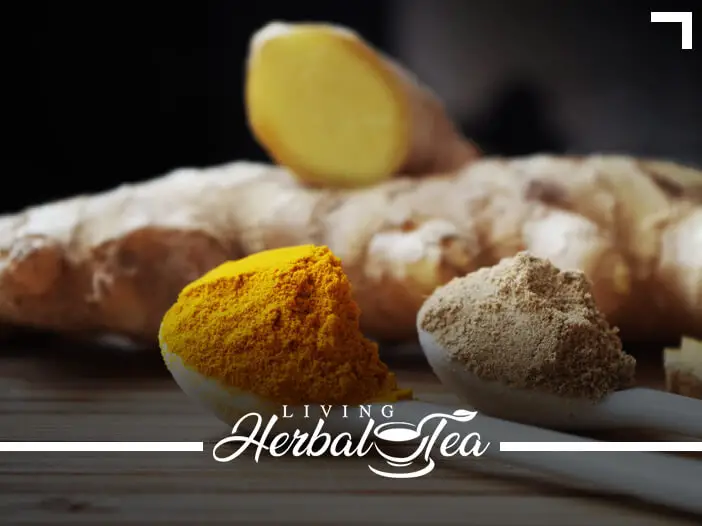When most people think of herbal tea, they think of the vibrant leaves and flowers of various healing plants. The truth is, however, that the leaves and flowers of medicinal plants are only part of the big story of herbal tea! Depending on the plant being used and the remedy being sought, any part of a plant from its deepest root to the leaves on its stretched out petals may be used. Some plants only have medicinal or flavorful qualities in one or two parts of the plant, while others can be used in their entirety. Knowing where your tea comes from is a great way to get closer to what creates the healing, enjoyment, and happiness that comes with every sip!
Flowers & Petals
Chamomile, hibiscus, linden, and rose are just a few of the most popular herbal teas that lend their flowers and petals to our healing tea infusions. Flowers contain aroma, color, and a vast amount of healing properties – and there’s something so romantic about drinking the tea of a vibrant flower!
Stems & Stalks
The stem of stalk of a medicinal plant supports the leaves and flowers while keeping them all connected thanks to the root system. Stems are like channels that deliver nutrients to the various other parts of the plant while giving it strength at the same time. Many plants have the most healing power in their stems for these reasons. Because stems and stalks are usually tough, they may require a longer steeping time or a decoction method instead of a steeping method to get your tea.
Leaves
The powerful leaves of countless plants are used in the creation of some of the world’s most beloved teas – including the ever-popular green tea! Leaves are like solar panels that aim towards the sun to absorb its healing rays. They gather light, create nutrients, and are often the most flavorful parts of any plant. Alfalfa (shown above), peppermint, sage, and nettles are a few examples of some great herb leaves that make excellent tea infusions.
Roots & Rhizomes
Often considered to be the powerhouse of any medicinal plant, roots and rhizomes pull nutrients from the soil and use them to fuel the plant above ground. Ginger, ginseng, and echinacea are just a few examples of popular herbal teas made from the roots, tap roots, or extending rhizomes found hidden underground.
If you have a favorite tea, it can be really fascinating to explore which parts of the plant are used in your loose tea or tea bag, what the plant looks like when it’s still in the ground, and why only certain parts of the plant are actually used. Keep in mind that some plants may have medicinal roots while their leaves are toxic! For this reason, make sure to work with an experienced herbalist when it comes to taking herbal tea.







